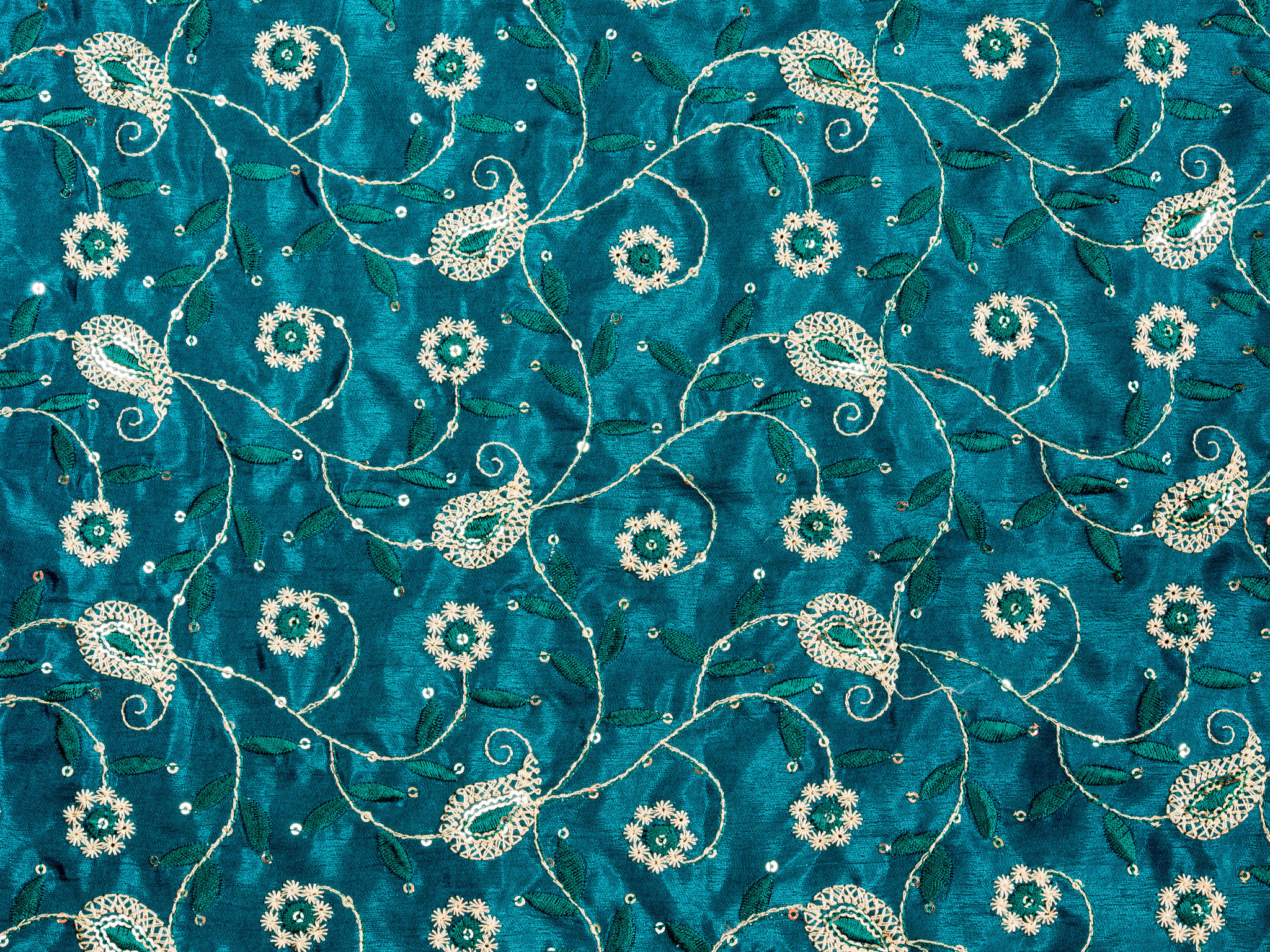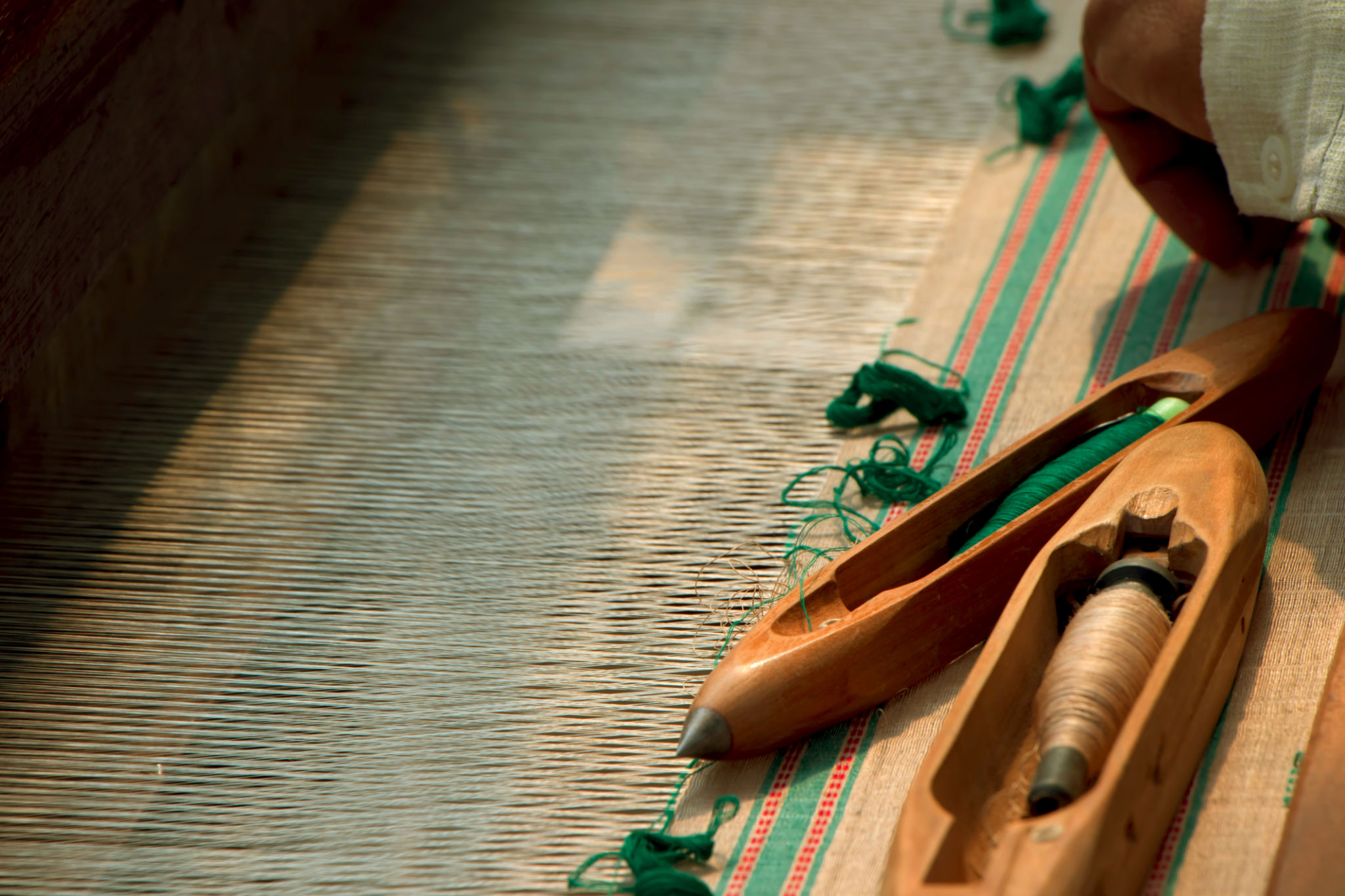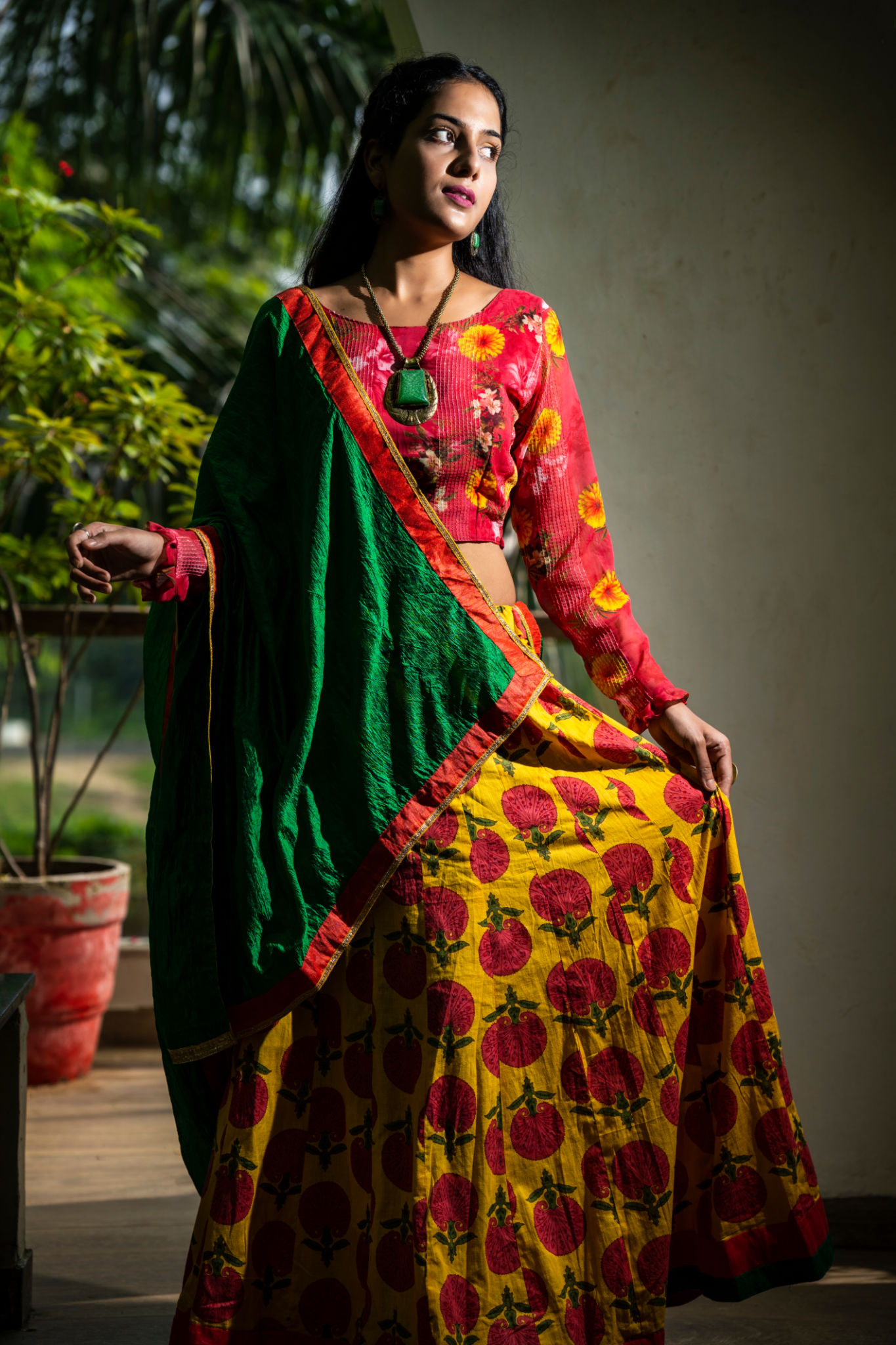Exploring the Diversity of Indian Fabrics and Textiles
Introduction to Indian Fabrics
India is a land of diverse cultures, languages, and traditions, and its rich heritage is beautifully reflected in its fabrics and textiles. The country's textile industry is one of the oldest in the world, dating back several centuries. Indian fabrics are renowned for their vibrant colors, intricate designs, and superior craftsmanship.

The Rich History of Indian Textiles
The history of Indian textiles is as colorful as the fabrics themselves. Ancient Indian scriptures and historical documents highlight the importance of textiles in Indian society. From the Indus Valley civilization to the Mughal era, each period has contributed to the evolution of Indian textiles. The advent of the British introduced new techniques, yet traditional methods remained resilient.
Variety and Craftsmanship
Indian fabrics are characterized by their remarkable variety. Each region of India has its own unique style of textiles, often influenced by local customs and climates. From the luxurious silks of Varanasi to the intricate weaves of Kanchipuram, the diversity is astonishing. Craftsmen across the country employ a range of techniques such as weaving, dyeing, block printing, and embroidery to create stunning textiles.

Popular Indian Fabrics
Several fabrics stand out for their popularity and distinct characteristics:
- Sarees: The saree is a staple in Indian fashion. Different regions have their signature styles, such as Banarasi, Kanjeevaram, and Patola.
- Khadi: Known as the fabric of freedom, Khadi gained prominence during India's independence movement. It is a hand-spun and hand-woven fabric that symbolizes self-reliance.
- Chikankari: Originating from Lucknow, this delicate embroidery work is done on fine muslin cloth.
Natural Dyes and Sustainability
Indian textiles are also recognized for their use of natural dyes. Indigo, turmeric, henna, and madder root are some of the traditional dyes used to achieve vibrant hues. This emphasis on natural materials not only enhances the beauty of the fabrics but also promotes sustainable practices.

The Role of Textiles in Indian Culture
Textiles play a significant role in Indian culture and rituals. Traditional garments are often worn during festivals, weddings, and other ceremonies. Each fabric tells a story and carries cultural significance. For instance, the red color in bridal wear symbolizes prosperity and fertility.
Global Influence and Modern Trends
Indian fabrics have made a substantial impact on global fashion. Designers worldwide incorporate elements of Indian textiles into their collections. The fusion of traditional Indian designs with contemporary styles has led to a renaissance in the world of fashion.

Preserving the Heritage
In recent years, there has been a renewed interest in preserving traditional Indian crafts. Various organizations and designers are working to revive age-old techniques and support local artisans. By promoting these crafts globally, they ensure that this rich heritage continues to thrive.
The diversity of Indian fabrics and textiles is a testament to the country's rich cultural tapestry. As we continue to explore and appreciate these beautiful creations, we celebrate not just the artistry but also the stories and traditions woven into each piece.